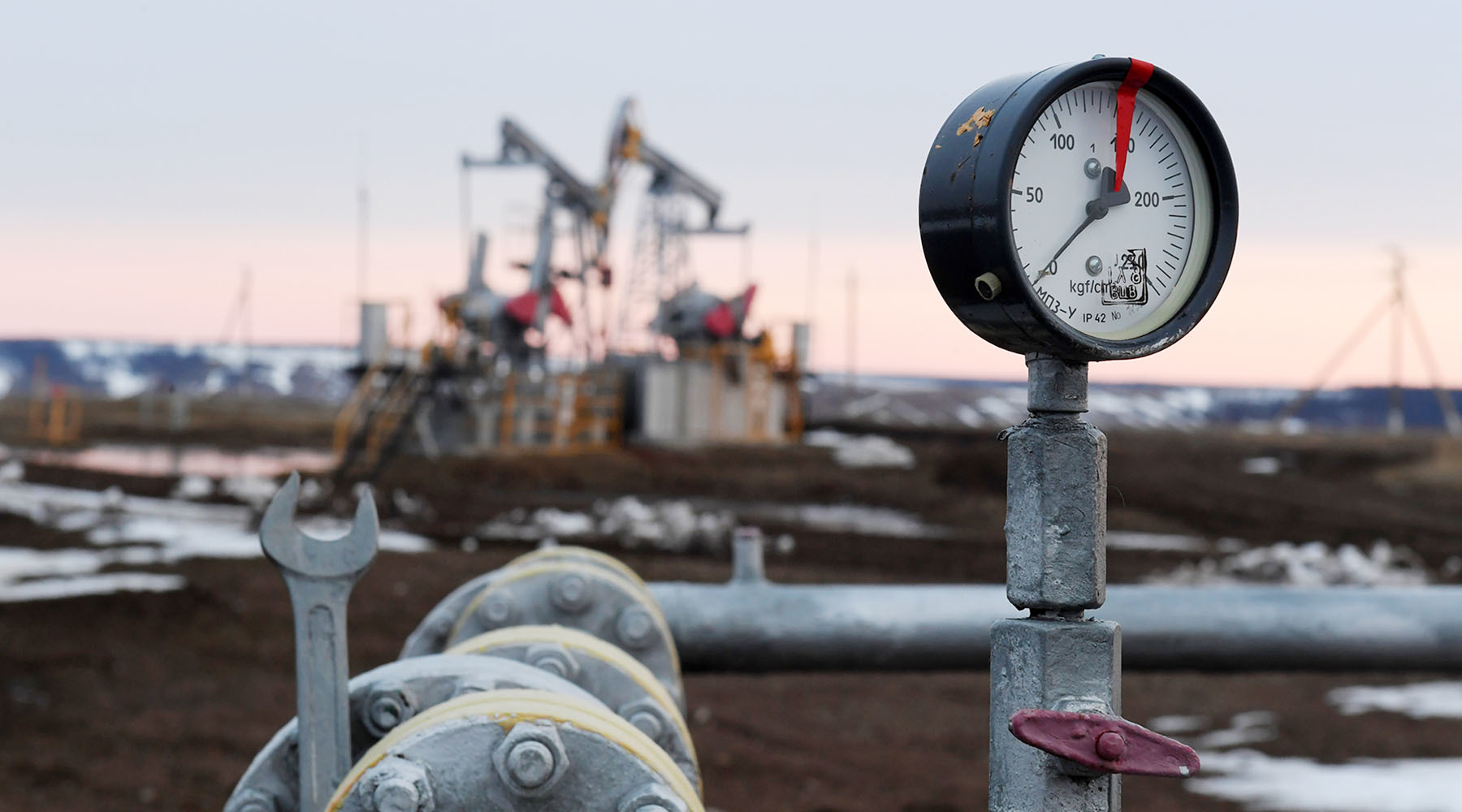On Monday, February 1, the Russian currency shows uncertain dynamics on the Moscow Exchange.
At the beginning of trading, the dollar rate dropped by 0.5% - to 75.35 rubles, and the euro rate - by 0.8%, to 91.2 rubles.
However, in the second half of the day, the values rose to 75.9 and 91.8 rubles.
The official exchange rate of the Central Bank on February 2 was set at 75.51 rubles per dollar and 91.54 rubles per euro.
Note that in January 2021, the dollar rate on the Moscow Exchange increased by 1.8%, and the euro rate - by 0.44%.
At the same time, at the moment the indicators rose above the marks of 76 and 92 rubles.
According to experts, in January the pressure on the ruble was largely due to the deterioration of investor sentiment in the global financial market.
Players are still alarmed by the increase in the number of cases of coronavirus in several countries.
So, according to Johns Hopkins University, the number of detected cases of COVID-19 in the world has exceeded 103 million.
“The persistence of an unfavorable epidemic situation in the world seriously slows down the pace of global economic recovery.
In particular, in the EU, there are delays in the supply of vaccines, which is why the rate of vaccination of the population lags behind the levels that were previously laid down in the forecasts of regulators, "said Andrey Maslov, an analyst at Finam Group, in a conversation with RT.
Under these conditions, investors began to actively sell off securities and risky assets, including the ruble.
Moreover, pessimism on world trading floors intensified after the statements of the head of the US Federal Reserve.
The head of the analytical department of AMarkets Artyom Deev told RT about this.
“The Fed said that the growth of business activity in the United States will continue to be under the pressure of the pandemic in the near future.
At the same time, data came out on a decrease in US GDP in 2020 by 3.5% at once, which was the largest fall in the country's economy since the Second World War.
All this confirmed the pessimistic sentiment of investors, and the markets began to unanimously go into the red zone.
As a result, investments in risky assets, including ruble ones, have additionally decreased, ”Deev explained.
Experts expect that in February the situation with the coronavirus pandemic in the world will continue to be one of the determining factors for the dynamics of the ruble.
At the same time, oil prices may support the Russian currency.
RIA News
© Maxim Bogodvid
At the trades on February 1, the cost of raw materials of the Brent reference grade on the ICE exchange in London grew by 1.5% - to $ 55.8 per barrel.
According to Artem Deev, by the end of the month quotes may additionally grow due to the completion of the OPEC + deal.
Recall that within the framework of the agreement, the state - exporters of raw materials restrict oil production and thereby try to achieve a balance between the demand and supply of hydrocarbons in the world market.
The policy of the parties to the deal should keep oil prices from further collapses.
Following the talks on January 5, the parties agreed to further reduce the production of raw materials in February and March by more than 1.4 million barrels per day.
Investors reacted positively to this decision of the alliance members, since the global market will receive significantly less raw materials than previously expected.
“Oil may rise slightly on the fact that Saudi Arabia alone will cut production by 1 million barrels per day from February to March.
To compensate for the excess of quotas in the past year, Iraq is also reducing the production of raw materials.
Against this background, the price of Brent is likely to stay in the range of $ 55-58 per barrel, which will support the ruble, ”Artyom Deev is sure.
In addition, the tax period may have a short-term positive impact on the ruble in February.
This point of view in a conversation with RT was expressed by Oleg Bogdanov, the leading analyst of the QBF IC.
According to him, at this time, exporting companies traditionally sell foreign currency and buy rubles to pay taxes.
Moreover, the deficit of rubles in the financial sector can play in favor of the national currency, Bogdanov said.
As follows from the materials of the Central Bank, on January 27, the liquidity deficit in the banking industry exceeded 1 trillion rubles.
To date, the figure is 755.8 billion rubles.
“When rubles are not enough, the pressure on the exchange rate weakens.
At the same time, financial organizations show an increased demand for the national currency, ”the expert explained.
Against this background, experts interviewed by RT do not expect sharp fluctuations in the Russian foreign exchange market in February.
According to Artem Deev, by the end of the month the dollar exchange rate will remain in the range of 74-76 rubles, and the euro rate - around 91-93 rubles.
Andrey Maslov adheres to a similar assessment.
According to him, if the current conditions are maintained, the exchange rates will be at the levels of 73.5-76.5 rubles per dollar and 90-92.25 rubles per euro.

